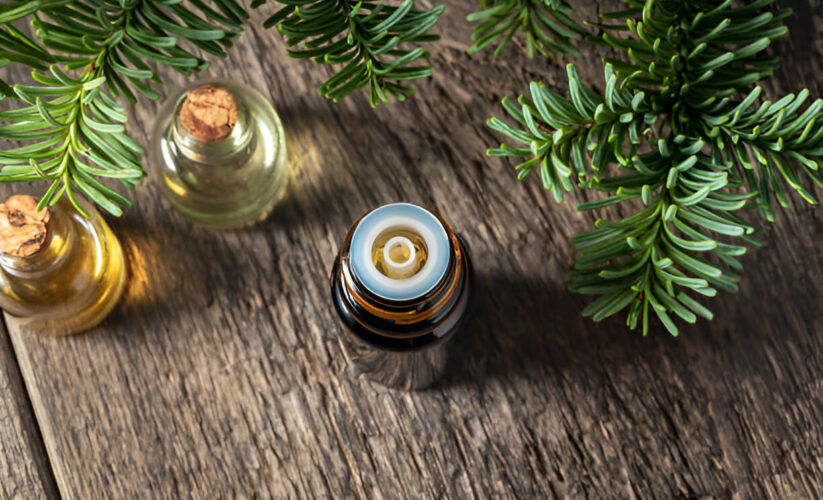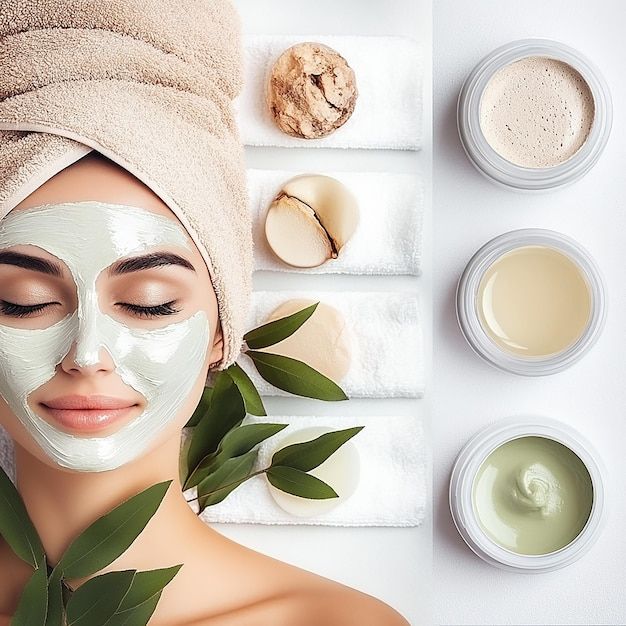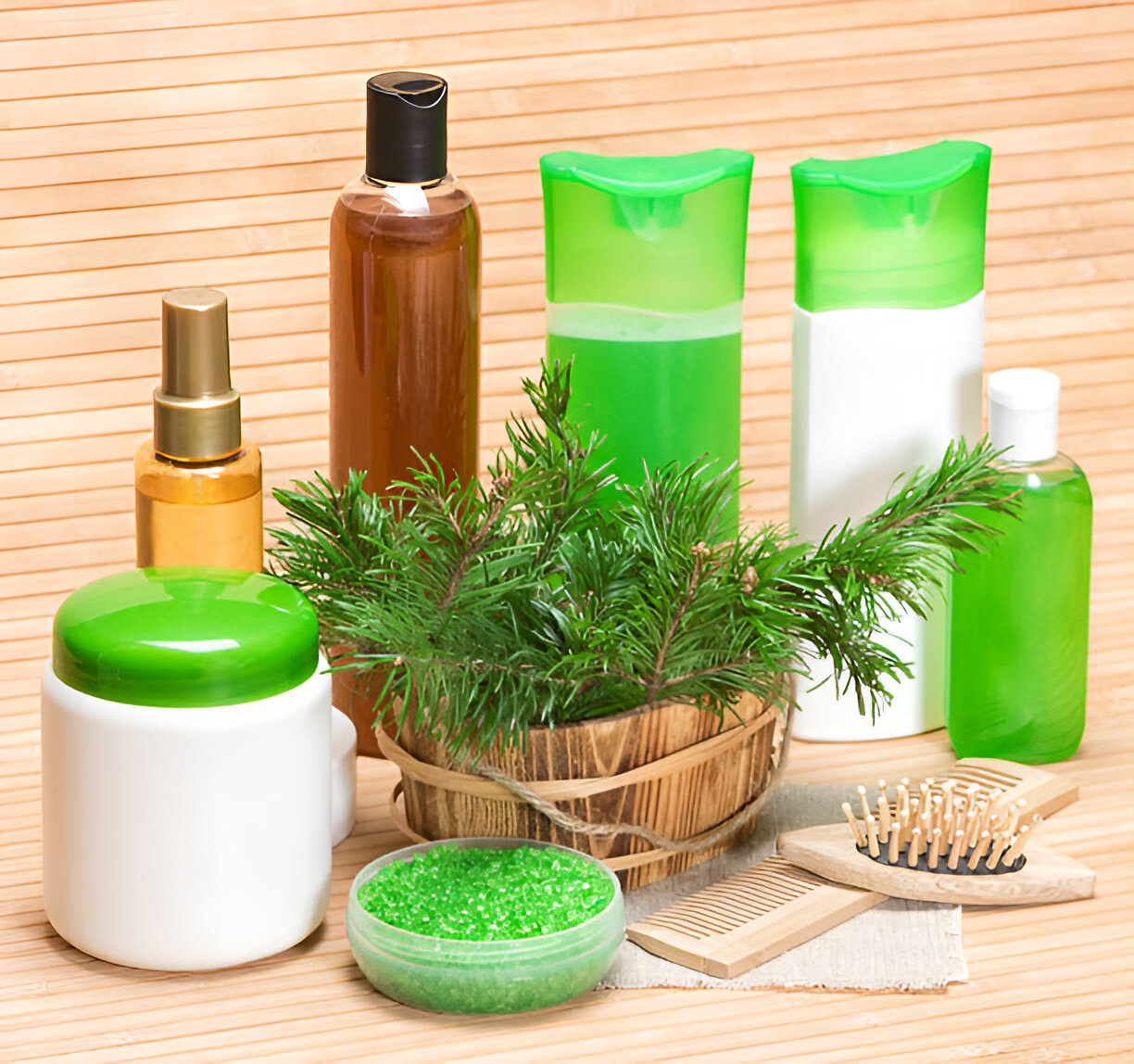
The world is a smelly place. There’s the scent of our own bodies, of bread rising and spaghetti sauce cooking on the stove; the smell of rain and dirt, of exhaust and garbage; the aroma of evergreens on a woodsy path and low tide at the shore. Quietly, invisibly, these smells come into us, stirring up feelings and memories, alerting us to dangers or pleasures, and subtly altering our moods.
“Smell and emotion are intensely, intimately connected,” says Brown University psychology professor Rachel Herz, Ph.D., author of The Scent of Desire, who notes that the two interact (along with memory) in an ancient region of the brain known as the limbic system.
But it’s not just the natural aromas — the crackling campfires, the blooming roses — that influences. The “clean” smell of Tide or the “fresh” scent of faux-pine floor wax can elicit equally powerful feelings. Indeed, manufacturers add synthetic fragrance to everything from hair conditioner to clothing and even packaging in the hopes of soothing, exciting, or otherwise seducing us into picking products off store shelves. “In the past two decades,” affirms Rebecca Sutton, Ph.D., an environmental chemist with the Environmental Working Group (EWG), a nonprofit research organization, “production and use of fragrance has increased dramatically worldwide.”
Unfortunately, that’s not necessarily a good thing. Experts’ concerns about the proliferation of fragrances have to do with their potential effects on our health: With an estimated 3,000-plus chemicals, mostly synthetic, used in the manufacture of artificial fragrances, “repeated exposures over a lifetime are creating a toxic soup in our bodies,” says Sutton. The extent to which these exposures harm us is not known for certain, she adds, “because there’s little regulation, and these substances don’t necessarily get tested.”
We’ll never go back to a time when all smells emanate from the natural world. But that doesn’t mean you can’t limit what has become a deluge of chemical scents. To that end, we’ll show you how to be savvy about fragrances and transition to unscented or botanically scented products — some of which might even benefit your well-being.
Read more about plant fragrances in
Six Essential Scents
Sniffling for alternatives to health-hazardous artificial fragrances? Read
Overhaul Your Scents
Unregulated, Untested, Unlabled
Skin allergies are the most common and most proven adverse reactions to synthetic fragrances. Researchers in dermatology have labeled fragrance among the top five allergens, causing topical reactions like contact dermatitis.
But the health effects of synthetic fragrance may be more than skin deep. When we breathe in an odor, the lungs and the skin take in the molecules carrying the scent. From these two major absorption pathways, those molecules can enter the bloodstream and find their way to other parts of the body, where they may pose harm. “Studies are showing that some key ingredients in fragrance mixes have harmful effects — on lab animals, and also on humans,” says Sutton. Some synthetic fragrance ingredients may exacerbate asthma, for instance, while others can cause a range of problems in the immune, reproductive, and central nervous systems.
Synthetic musks, for instance — widely used in perfumes, deodorants, and detergents — have been linked to cancer. They can bioaccumulate, or store themselves in the body, and have been found in breast milk, which means that nursing infants ingest them. Research indicates that these musks don’t biodegrade; they’ve been found polluting watersheds and the plants and animals that live there. Another worrisome class of chemicals, phthalates, are often used in fragrance because they allow the smell to last longer. They have been linked to changes in the reproductive and endocrine systems as well as in the liver, kidneys, and adrenal glands.
To make matters worse, these ingredients don’t have to be listed on labels. Household products like laundry detergent and glass cleaner aren’t required to list ingredients at all. And while the law requires cosmetic and other personal-care companies to list chemical ingredients on their products, a loophole allows them to use the catch-all term “fragrance” without having to describe what’s in it. “The word ‘fragrance’ includes chemicals that haven’t been tested for safety,” explains Sutton. “We are basically conducting a big experiment on ourselves.”
The FDA has banned only a handful of ingredients in personal-care products — none of them related to scent. The fragrance industry essentially regulates itself, deciding which chemicals it considers hazardous. Some manufacturers have voluntarily stopped using phthalates, for instance, but many others continue to use them; in 2002 the EWG tested 72 personal-care products and found phthalates in 75 percent. Certain companies have dropped some synthetic musks, but still widely use others. Without adequate federal regulation, says Sutton, “we’re leaving our health in the hands of the manufacturers.”
Scent Makeover 101
To put your health back into your own hands, at least in regard to fragrance, you have two options. The first is to use fragrance-free products — the best choice if you have chemical sensitivity, allergies, or a tendency to react to natural plant fragrances. Note, however, that marketing claims such as “unscented” and “fragrance-free” aren’t bound by law to hold true, explains Sutton. (She recently turned over a box of so-called “unscented” baby wipes only to find “fragrance” listed in fine print.) For household products, stick with brands that list ingredients (they’re not required by law to do so). “Many manufacturers of green housekeeping products disclose all the ingredients they use,” says Sutton, “because they need to show they’re not using chemicals that could harm us.”
The second option is to choose home and beauty products scented the old-fashioned way: with flowers and leaves, stems, and other plant parts. Essential oils (EOs), the potent, super-concentrated compounds derived from distilling botanicals, have been used for centuries to scent the body and the home, while subtly altering our emotional and physical state. “Just inhaling the scent of lavender or rose can de-stress you,” offers clinical aromatherapist Mindy Green, coauthor of Aromatherapy: A Complete Guide to the Healing Art. “And de-stressing, as we know, has health benefits including improved immune and circulatory systems.”
The EWG doesn’t let plant fragrances off the hook in terms of safety, asserting that they, too, should be tested before being used in products. But many have a long history of safe use, and they aren’t composed of the nefarious chemicals so abundant in artificial fragrances. (For allergy reasons, always patch-test before use; pregnant or nursing women and anyone with an illness should consult a medical and/or aromatherapy professional before using these potent scents.)
To understand how plant-derived scents may benefit our mental and physical health, we return to the limbic region of the brain. Here, scents interact with the neuroendocrine system, triggering psychological and physiological responses. “Just through smelling an essential oil, you can feel uplifted, down, or otherwise have your mood change,” says medical herbalist Peter Holmes. Smells also get mixed up with memories and emotions, linking past and present. “If a scent reminds us of a happy memory, we instantly relax,” explains Green.
But it’s not simply a matter of personal association. Aromatherapists have identified hundreds of plant scents that have tendencies to relax, uplift, or energize most people, and recent scientific studies bear this out. Sandalwood, for instance, traditionally used in the building of temples in India and in rituals in other Eastern religions, is thought to induce a meditative state; animal research confirms that its chemical properties can indeed relax and sedate the central nervous system. Another study found that inhaling the scent of rose essential oil helped induce lower adrenaline concentrations in the bloodstream.
For a growing number of people, plant-derived aromas provide a safe and seductive way to sidestep the health pitfalls of synthetic fragrance. (See “Six Essential Scents,” left, to find out how to use them.) But whether you seek out natural scents or try to avoid added scent altogether (even the plant-based variety), you’ll be doing your health a big favor — and reawakening your senses to the aromas enlivening the natural world.
Contributor Frances Lefkowitz is at work on a memoir, How to Have Not. She lives in northern California.
Read more about plant fragrances in
Six Essential Scents
Sniffling for alternatives to health-hazardous artificial fragrances? Read
Overhaul Your Scents



















